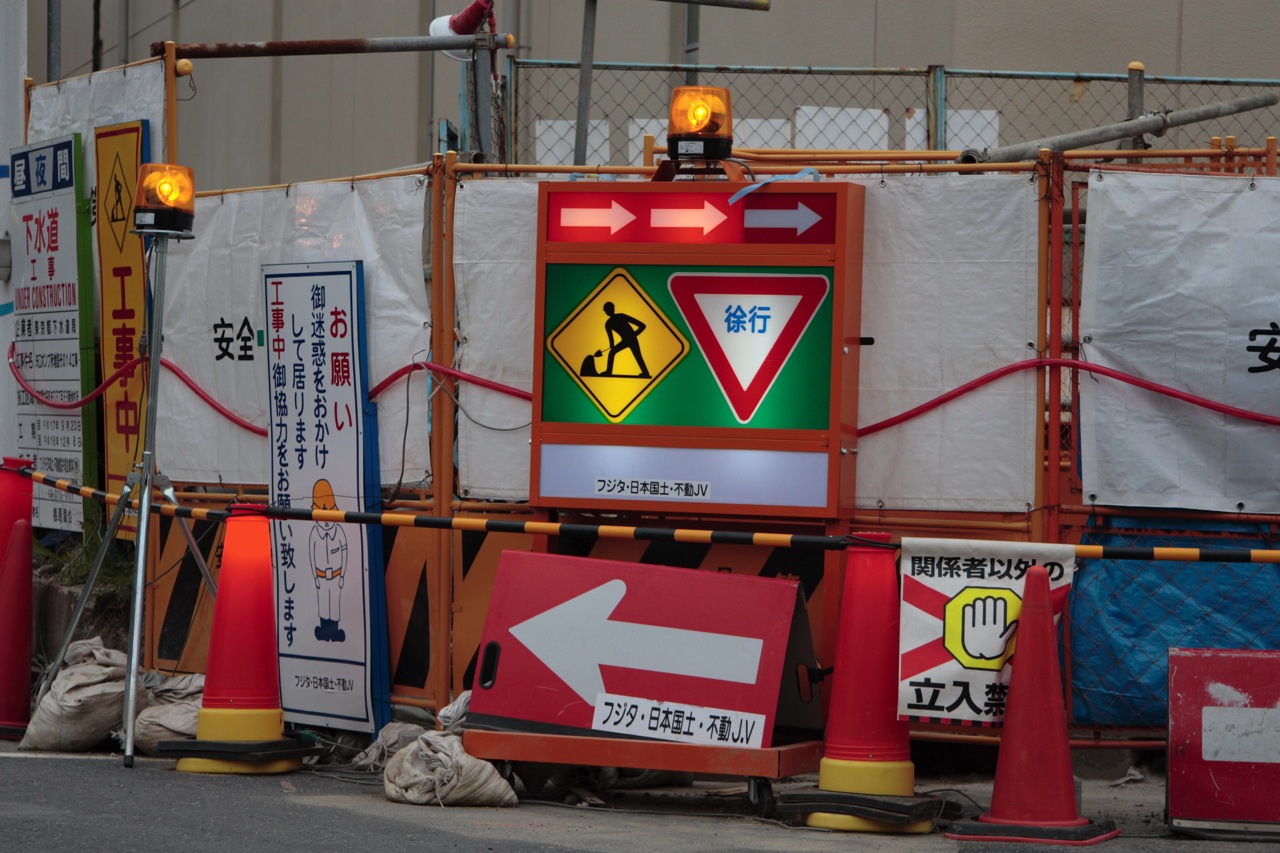Category: qualitative
Doing it well: Communication and Discourse work in the fandom

In this post, I summarize specific actions and communication in a fandom in a social networking space, focusing on how discourse work can be seen in their daily activities. This post shifts focus from my recent posts relating to my work in cultural heritage in digital spaces to draw out parts of my ongoing research in the US Women’s soccer team (USWNT) Tumblr fandom.
As alluded to on my landing page, I have been conducting an ethnographic, or netnographic (Kozinets, 2009), study within the social networking and microblogging site Tumblr for the last two years. I perceive Tumblr to be a unique digital space that allows individuals to “opt in” to a community of practice – one that integrates discourses of women’s sport and soccer, media, competition and nationalism, notions of gender and sexuality, and narratives of the USWNT in daily discussions.
When individuals in the USWNT fandom share, consume, and create content, they encourage a shared group affiliation (as “fans”). Their communication occurs in a flexible, asynchronous social realm. Through choices in language, timing, media, and “tone” these fans establish a series of temporary discursive spaces to explore, express, and discuss their feelings.
Communication within the wider USWNT “fandom” project
- actively teaches new users,
- rewards insider knowledges,
- allows for dissension and discussion, and
- offers opportunities for inclusion of fans, who might otherwise be isolated from fan activity
Tumblr’s structure also facilitates distinct techniques of self-expression and specific language selections shared through tags, asynchronous communication, “reblogging,” and “asks.” Fandom activity includes discourse work and content creation.
On Tumblr, USWNT fans do the following*:
- make text post updates from official US Soccer sources
- post original text posts stating feelings or opinions on the team’s performance
- post original text posts stating feelings or opinions about other people/fans in the fandom
- make and answer anonymous questions using the “Ask” feature on Tumblr
- share social media content from players – typically tweets and Instagram pictures
- share images from USWNT training sessions and games
- share images from NWSL training sessions and games
- create GIFs of moments from games
- create GIFs of informal moments from US Soccer official sources (regenerating and reworking discourse)
- create specialized graphical representations with images
- request and provide links – livestreams, presentations, videos
- request GIFs, videos, and other information from other users
- tag posts – categorizing and allowing content to be searched
- police use of the tags – specifically the tag “USWNT” – by messaging and posting “rules” of tagging
- ask for input and opinions on apparel, ticket purchases, game etiquette and moe
- discuss the fandom and their feelings of inclusion and participation in that community
As a part of this study, it has become clear that not only is the USWNT fandom shaped by a number of resources and communication practices – and there are also differences in fandom activities at different times. For example, in February, I compared the variations in language choices some fans make during a game – or when they are “livetumbling” – and in their daily circulation of posts and reblogs.
In reblogging posts, users are clearly making decisions about which components of public meaning and insider knowledge they would like to perpetuate. When a user likes or reblogs a post about Alex Morgan but ignores another post about Amy Rodriguez, they are marking out the space and value of pieces of knowledge for the fandom.
What the USWNT fandom actually discusses and creates are representations of the USWNT, players, other fans, opponents, and other popular culture narratives. As with making knowledge, representations are devised through making choices, where fans work with discourse and other cultural materials from which interpretations may be made. Mediated sport discourse, as well as USWNT fandom Tumblr disourses, provide accounts; neither reality nor clean interpretation of events. Rather, as with discourses of mediated sport, Tumblr discourses present a version of events that speaks to broader social relationships and understandings of sexuality, national identities, gender, and imply relationships of power.
Watch this space for further discussion of the implications of these strategic communication choices in the USWNT fandom.
*This is an on-going and developing list, and certainly not exhaustive at this point!
Free Thinking: Models of Knowledge Construction

Just a few quick notes — “free thinking” in the spirit of #showyourwork — and on the subject of the production and construction of knowledge*.
This spring/summer I’ve observed at least three separate types of digital spheres in which engagement and information exchange occur: Tumblr fandom, Wikipedia, and transcription models. I have approached these as “project-oriented” spaces because participants
- are operating independently but with the belief that others can see and share their work/product/material,
- have opportunities to see the work of others and integrate, respond to, or reject that work
- can use the technology to assert information as knowledge, evidence, or fact
- can communicate with [someone else] working on the project, though maybe not always directly with each other.
These spaces have also been home to certain kinds of collaborative or project-oriented communication. In other words, in these spaces people have shared information with or without conditions, been working together to achieve a goal, and/or have worked together to create an agreed-upon outcome (consensus). Finally, these are realms of knowledge production and/or construction.

In the past, I have referred to webs of knowledge and cultural webs in my writing – and often what I am discussing is how individuals come together to share information or existing “knowledge” about subjects. Yet, in these spaces, we can also see nuances of producing or constructing knowledge – two different models of knowledge at play in these spaces.
I have distinguished between these models as “authorized” versus “authenticated” knowledge. I’ve gotten feedback that these definitions sound IT or technologically centered. I briefly considered “control” versus “consensus” but that appears to me too critical of the former – and actually so does “authorized.” Therefore, I am resting my thoughts currently on the following pair:
“Offered” versus “Authored” knowledge
These models of knowledge are distinguished and related to spaces of participatory practices in a few ways.
First, “offered” knowledge is the suggested or preferred way of viewing the body of information – you could perhaps label it official, or curated, or dominant discourse. “Authored” knowledge is a version of information developed through a collaborative and information-sharing process. One way to think of this kind of knowledge is as augmenting or contextualizing “offered” knowledge.
Secondly, In participatory processes, “offered” knowledge can be combined with other knowledge repositories to create “authored” knowledge. “Authored” knowledge, therefore, references and/or builds upon existing “offered” knowledge. As a participant contributes to “authored” knowledge, he or she may reference the discrepancies between these two knowledge bases. He or she might also gain acceptance or earn status in the group by understanding and correctly using (and perpetuating) authored knowledge.
I will jump off here and continue to flesh out the relationship between “offered” and “authored” knowledge – and how it is implicated in sustaining or remaking relationships of power. If you’ve come across these models in other spaces, please share your observations in the comments. I’m curious to learn more about digital places that highlight models of knowledge and where “offered” knowledge is sustained or remade through participatory “authoring.”
*knowledge: “a (1) : the fact or condition of knowing something with familiarity gained through experience or association (2) : acquaintance with or understanding of a science, art, or technique” – merriam-webster.com, http://www.merriam-webster.com/dictionary/knowledge
Image via Flickr Commons – gullevek and Construction Work (2006)
Transcription beyond Description at SIA
Last Tuesday, I shared some of the work I’ve been doing at Smithsonian Institution Archives (SIA) through their The Bigger Picture blog. Find out how I’ve been researching engagement and ways audiences can help weave webs of knowledge with SIA collections through the link or here.
Online Behavior, Digital Literacy, & Seeking Info Safely
Last week, Ofcom (UK) released a qualitative study of internet behavio(u)r and the results are both predictable and fascinating. One key given is that experiences were dictated by levels of digital literacy; this reminds us that there are real-world effects on skill and knowledge development that result from lack of regular access to digital technologies. The study also concerned strategies that users employ to remain “safe” in the online world as they seek information and services.
This is a fascinating study for those of us interested in learning and the construction of knowledge(s) online and through digital technologies. Ofcom – independent regulator and competition authority for the UK communications industries – shared the findings of the qualitative work conducted by Ipsos MORI on 10 June 2013. The study concludes that “Information Seeking” dominates internet users’ activities – followed by online shopping; pertinent findings for how we can frame and understand information we place online as educators. The study found that participants make subconscious decisions weighing risks and benefits while performing their activities. Therefore, because information seeking is low risk and high reward (low cost, high benefit) it has the best ratio of benefits to drawback and is the prevalent online behavior.
As educators and researchers, we should consider the ways in which people discover and integrate knowledge in the digital realm; then we should also think about these impact of these rapid-paced decisions. There are, of course, entire industries devoted to “getting someone’s attention” online… but perhaps this is more about understanding how that span of attention can be best linked to other spans of attention, to make bridges of knowledge that cover the gaps between.
Another intriguing conclusion: people did not frequently perform civic duties or information-seeking about civic services online. This could be an important finding regarding spreading information and leading behavior for services such as waste management, power, and services.
Read details of the report through the link and the report summary below:
Ofcom has today published qualitative research carried out by Ipsos MORI, looking at how people use the internet and interact with online services. “Being online: an investigation of people’s habits and attitudes” was commissioned to inform Ofcom’s duties in relation to consumers’ and citizens’ communications interests, and its regulatory duty to promote media literacy. The study finds that people tend to make subconscious trade-offs between risk and rewards in their online activities. People use very varied strategies for staying safe online, and there is little consensus as to what these strategies should be, as well as misconceptions about what constitutes “safe” behaviour.
We will use these findings to help further our media literacy research programme, identifying core areas to track over time via quantitative research. In addition, we intend to engage with stakeholders to highlight possible areas of focus for end-user initiatives, relating to online security, perception of risk, use of personal data and attitudes to rights and responsibilities.
